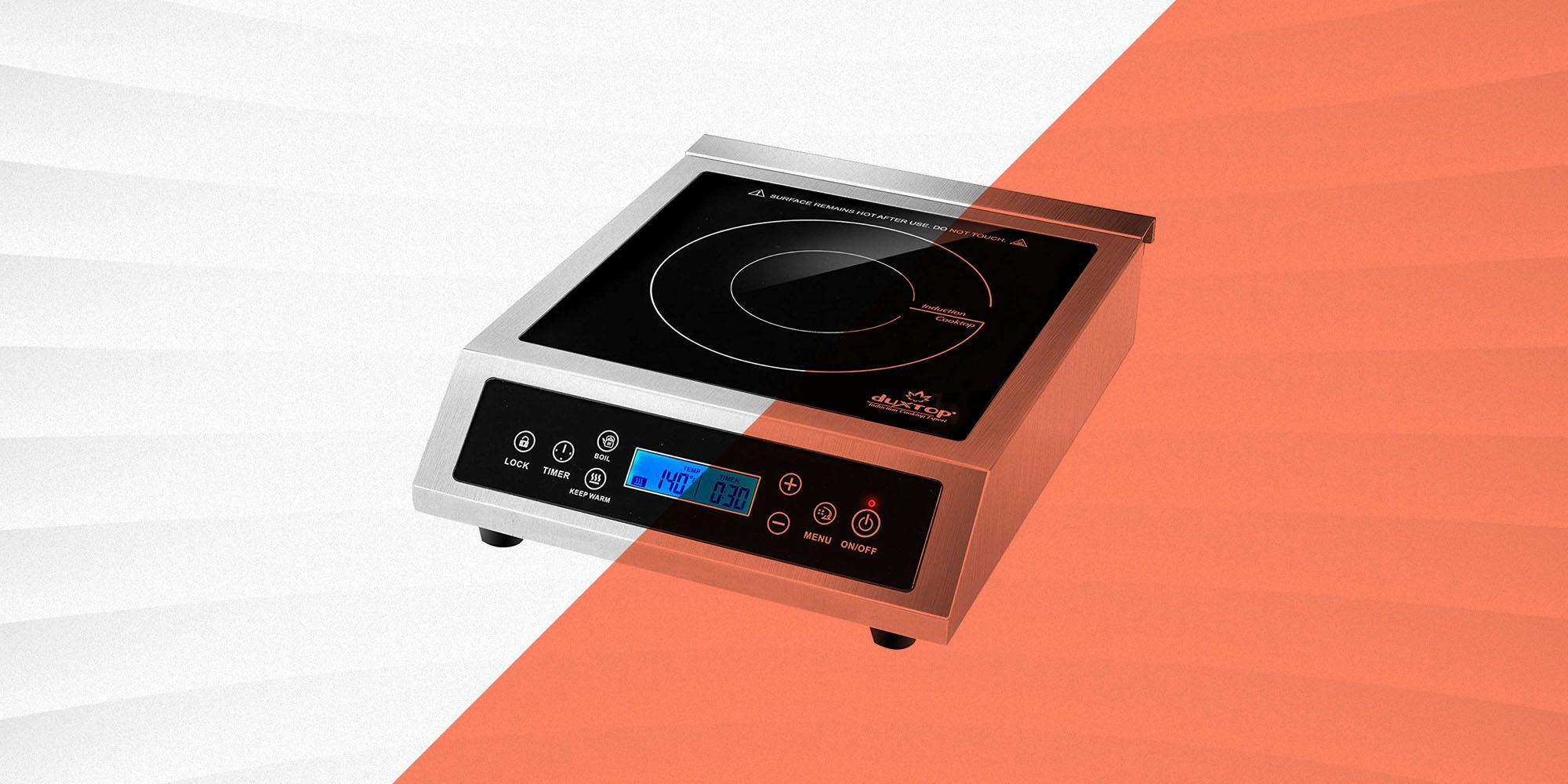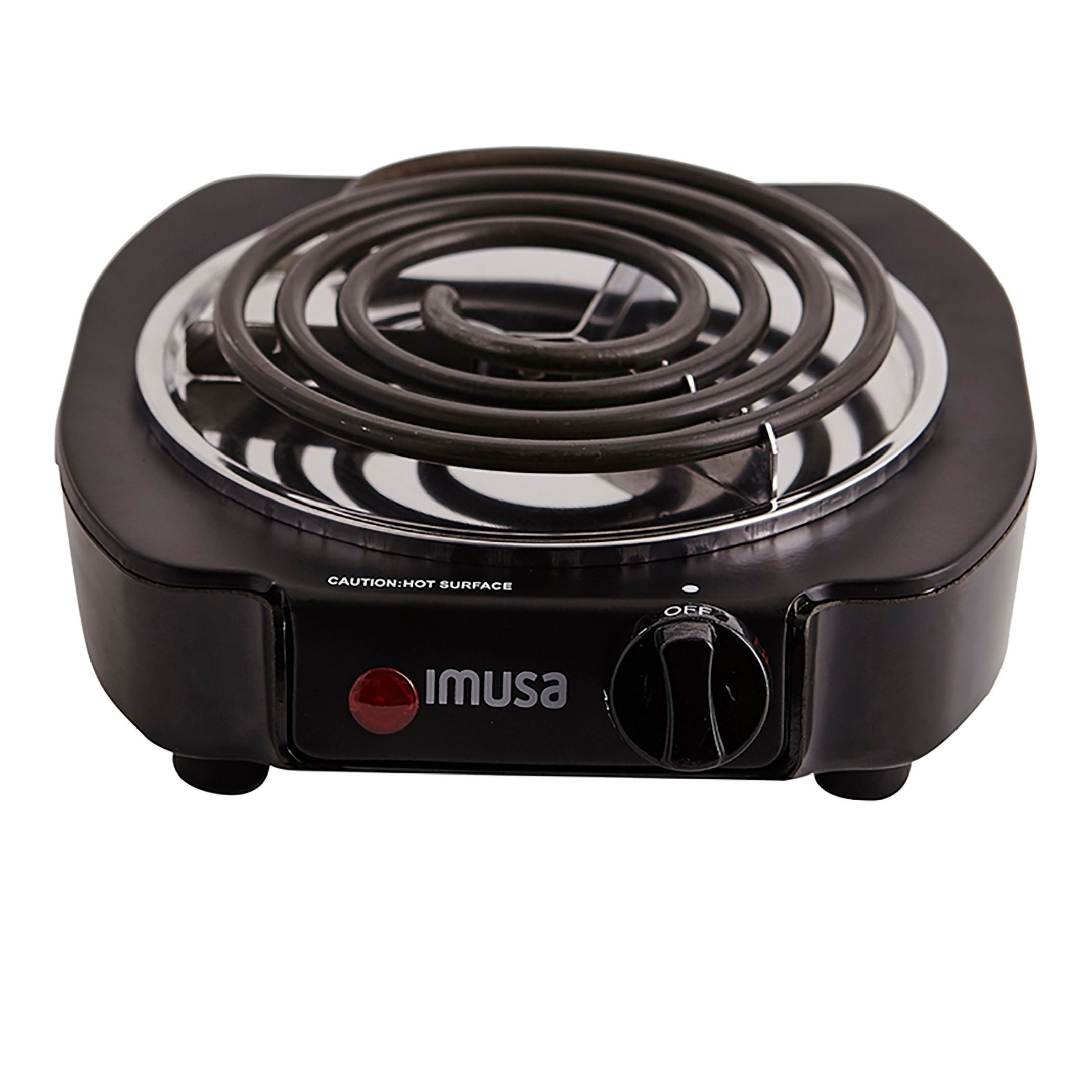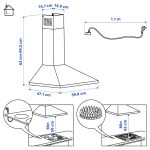Introduction:
Electric burners are a convenient and efficient way to cook a variety of dishes in your kitchen. However, like any kitchen appliance, they require proper handling and care to ensure safety during use. Whether you’re a seasoned chef or a novice cook, it’s essential to follow safety guidelines to prevent accidents and maintain the longevity of your electric burner.
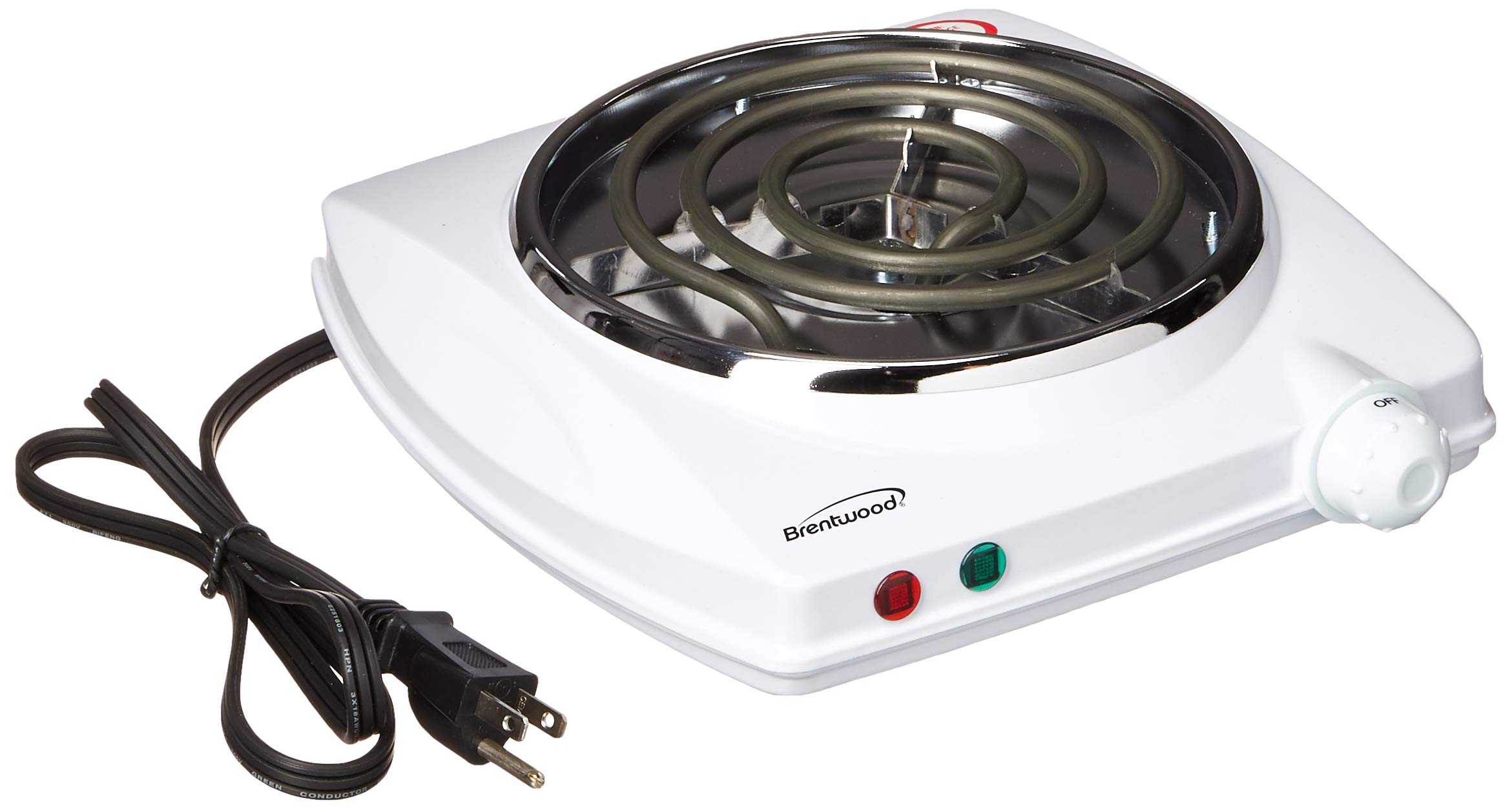
1. Read the Manual:
Before using your electric burner, take the time to read the manufacturer’s manual thoroughly. Familiarize yourself with the appliance’s features, functions, and safety precautions. Each model may have specific instructions and recommendations that are important to follow for safe operation.
In addition to understanding how to operate the burner, the manual provides essential safety information, including warnings about potential hazards and precautions to take while using the appliance. It may also include instructions on proper assembly and installation, as well as important warranty information. Take the time to review each section carefully to ensure you’re fully informed about how to safely use and maintain your electric burner.
2. Check for Damage:
Regularly inspect your electric burner for any signs of damage, such as frayed cords, cracked surfaces, or loose connections. If you notice any issues, refrain from using the burner and have it inspected and repaired by a qualified professional. Using a damaged appliance can pose serious safety risks.
Inspecting your electric burner regularly can help identify potential issues before they escalate into safety hazards. Look for any signs of wear and tear, such as exposed wires, loose components, or damaged heating elements. Pay attention to any unusual sounds or smells while the burner is in use, as these could indicate underlying problems. If you notice any damage or abnormalities, discontinue use immediately and contact a qualified technician for repairs.
3. Proper Placement:
Place your electric burner on a stable and flat surface before use. Avoid placing it near the edge of countertops or other potentially hazardous areas where it could easily be knocked over. Ensure that the area around the burner is clear of any flammable items or obstructions.
When selecting a location for your electric burner, consider factors such as proximity to water sources, ease of access to power outlets, and ventilation options. Avoid placing the burner near curtains, paper towels, or other flammable materials that could ignite if exposed to heat. Additionally, ensure there is sufficient clearance around the burner to allow for proper airflow and prevent overheating.
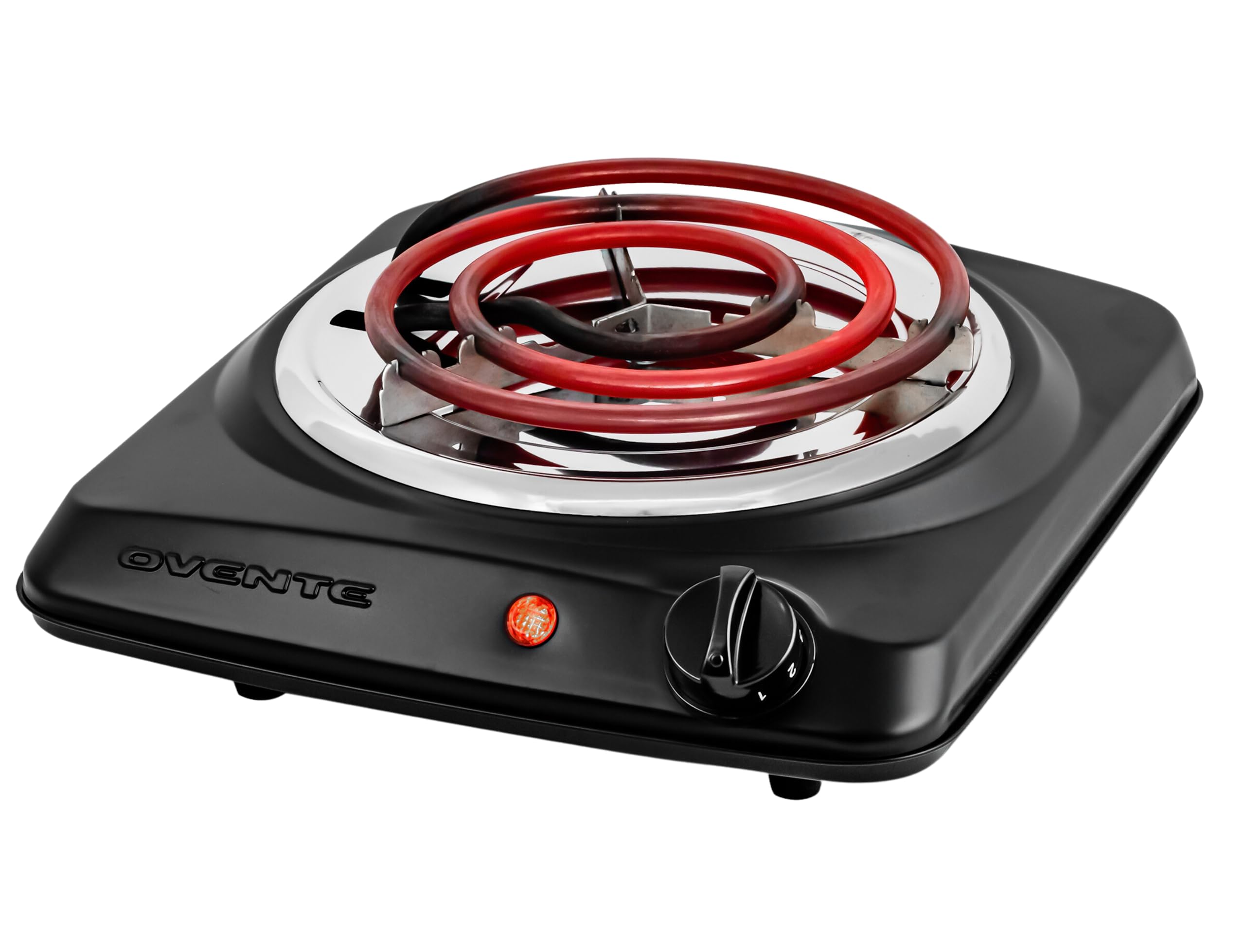
4. Use Suitable Cookware:
Choose cookware that is suitable for use with electric burners. Flat-bottomed pots and pans with smooth surfaces work best, as they provide even heat distribution and prevent hot spots that can cause burning or scorching. Avoid using cookware with warped or uneven bottoms, as this can affect cooking performance and safety.
Using the wrong type of cookware on your electric burner can not only affect cooking performance but also pose safety risks. Avoid using glass or ceramic cookware that is not designed for use on electric stoves, as they may crack or shatter when exposed to high heat. Similarly, lightweight or thin-bottomed pots and pans may heat unevenly and increase the risk of spills or scalds. Invest in quality cookware that is compatible with electric burners to ensure safe and efficient cooking.
5. Avoid Overloading:
Do not overload the electric burner by placing too many pots or pans on it at once. Overloading can strain the appliance and lead to uneven cooking or damage over time. Cook in batches if necessary, or use multiple burners if available, to distribute the workload evenly.
Overloading your electric burner with too many pots or pans can strain the appliance and lead to uneven cooking or damage. Distribute cookware evenly across the burner surface and avoid stacking pots or pans on top of each other. If you need to cook multiple dishes simultaneously, consider using different burners or adjusting your cooking schedule to prevent overcrowding.
6. Adjust Temperature Carefully:
When adjusting the temperature settings on your electric burner, do so carefully. Start with a lower heat setting and gradually increase as needed to avoid overheating or burning your food. Be mindful of sudden temperature changes, as this can cause splattering or boiling over.
Electric burners offer precise temperature control, allowing you to adjust the heat to suit different cooking needs. However, sudden changes in temperature can affect cooking outcomes and increase the risk of accidents. When adjusting the temperature, do so gradually and monitor the burner closely to ensure it reaches the desired level. Avoid leaving the burner unattended while cooking, especially when using high heat settings.
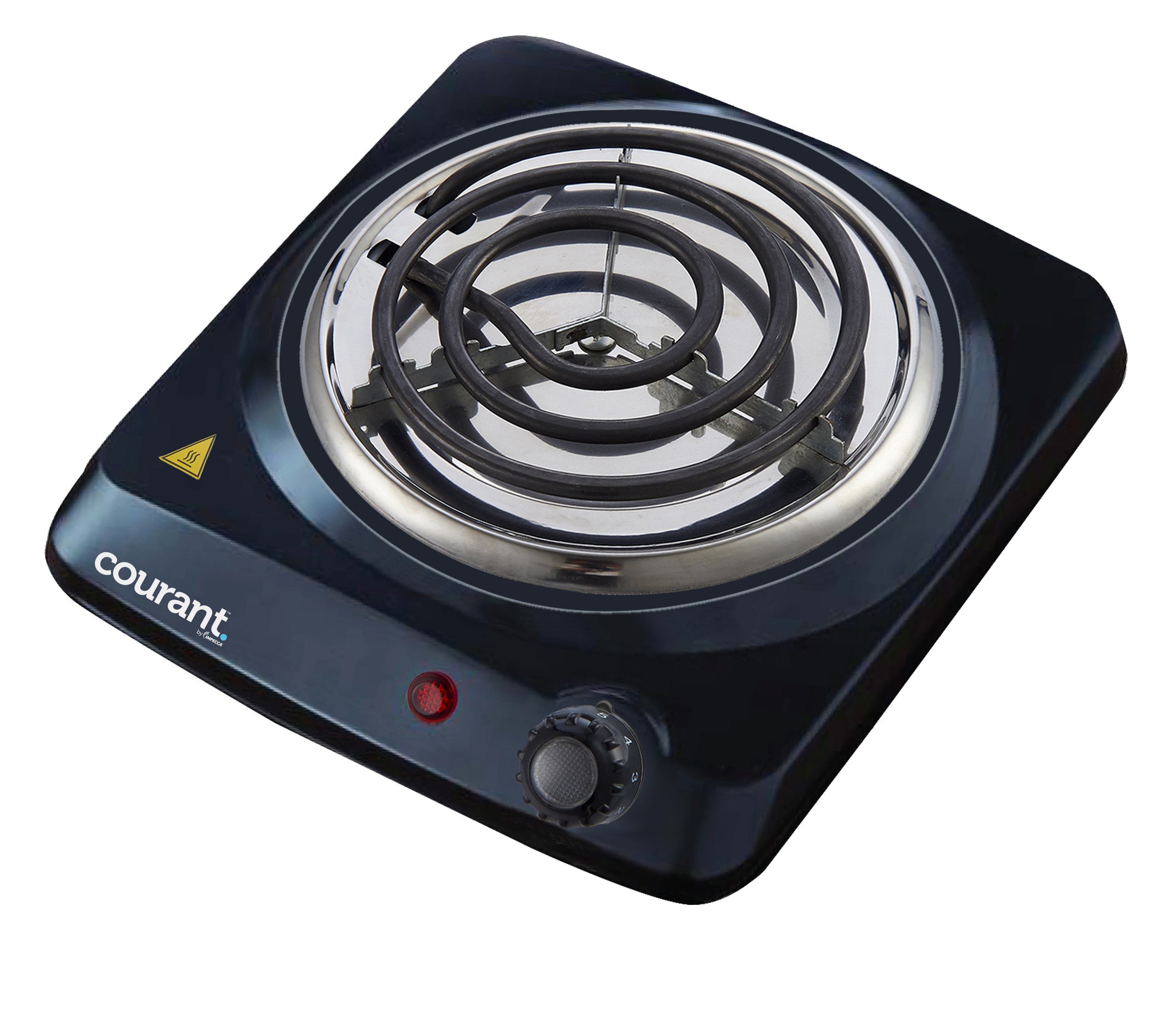
7. Handle with Care:
Handle pots and pans on the electric burner with care to avoid spills or accidents. Always use oven mitts or pot holders when moving hot cookware, and make sure that handles are securely attached and positioned away from the heat source to prevent burns.
When moving hot cookware on and off the electric burner, use oven mitts or pot holders to protect your hands from burns. Be mindful of the location of handles to prevent accidental contact with hot surfaces or nearby objects. If using long-handled utensils, make sure they are secure and stable to avoid tipping over or spilling hot liquids. Take extra precautions when cooking with oil or grease, as they can splatter and cause burns if not handled carefully.
8. Clean Regularly:
Keep your electric burner clean by wiping it down with a damp cloth after each use. Remove any food residue or spills promptly to prevent buildup and ensure optimal performance. Avoid using abrasive cleaners or scouring pads, as these can damage the surface of the burner.
Maintaining a clean electric burner not only ensures optimal performance but also reduces the risk of food buildup and potential fire hazards. After each use, allow the burner to cool completely before wiping it down with a damp cloth or sponge. Pay attention to any spills or crumbs that may have accumulated around the burner and clean them promptly to prevent buildup. For stubborn stains or residue, use a mild detergent or cleaning solution recommended by the manufacturer.
9. Unplug When Not in Use:
When your cooking is complete, remember to unplug the electric burner from the power source. This not only helps to prevent accidental burns or injuries but also conserves energy. If you have small children or pets in the house, consider storing the burner in a safe place where it is out of reach when not in use.
To prevent accidental burns or injuries, always unplug your electric burner when it’s not in use, even if it’s switched off. This prevents the risk of someone inadvertently turning it on or coming into contact with hot surfaces. Additionally, unplugging the burner helps conserve energy and reduces the risk of electrical hazards, such as short circuits or power surges. Make it a habit to unplug the burner as soon as you’ve finished cooking and allow it to cool before storing it away.
10. Supervision and Education:
If you have children in your household, teach them about the dangers of electric burners and how to use them safely. Supervise younger children closely when they are in the kitchen, and establish clear rules and boundaries for using kitchen appliances.
If you have children or inexperienced cooks in your household, it’s essential to educate them about the safe use of electric burners. Teach them basic kitchen safety rules, such as never leaving cooking unattended and using caution when handling hot surfaces. Supervise children closely when they’re in the kitchen and provide clear instructions on how to operate the burner safely. Encourage open communication about any concerns or questions they may have and lead by example by practicing safe cooking habits yourself.
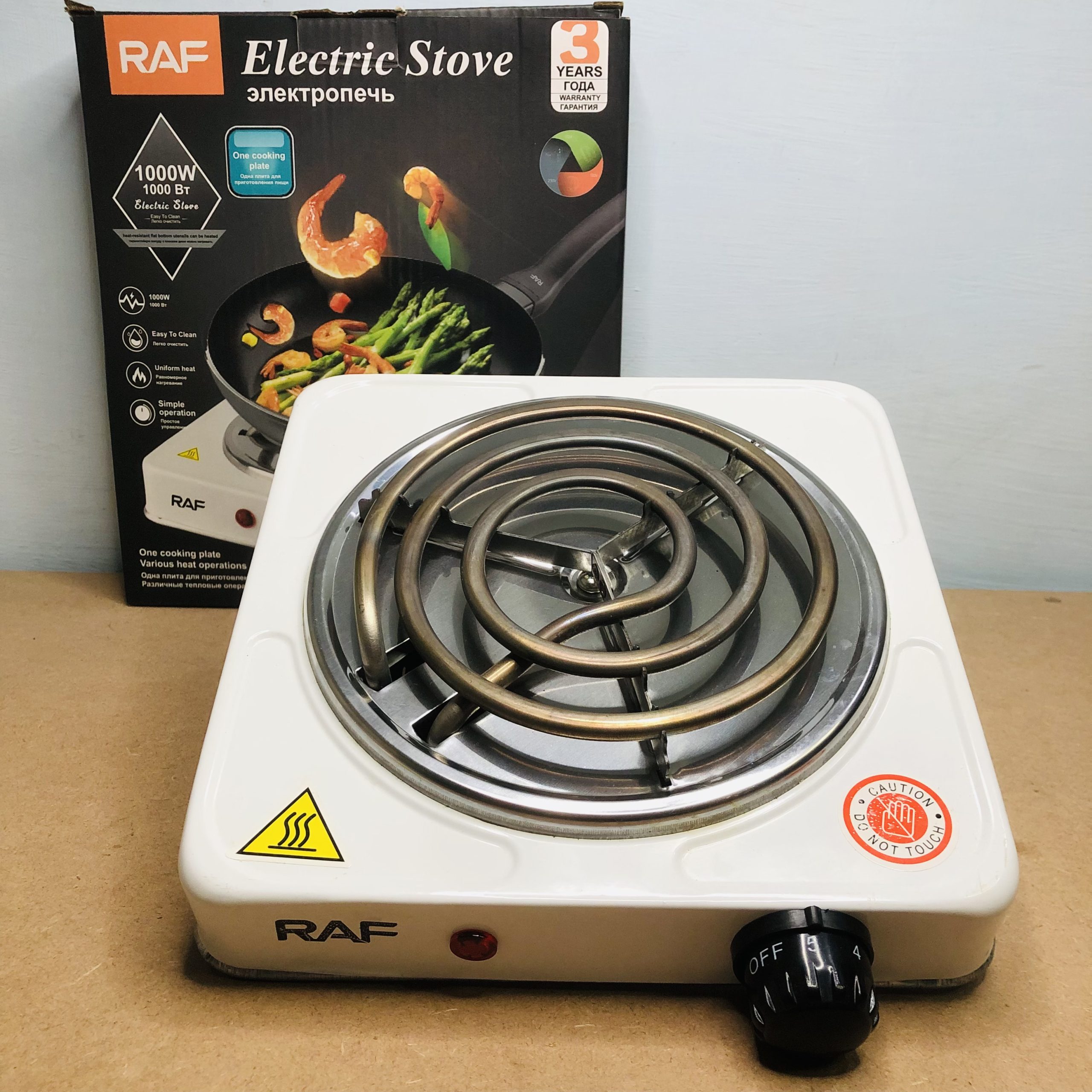
Conclusion:
Electric burners are a versatile and convenient tool for cooking delicious meals in your kitchen. By following these safety tips and guidelines, you can ensure that your electric burner remains in good working condition and that you can enjoy cooking with confidence and peace of mind. Remember, safety always comes first in the kitchen!
